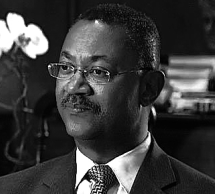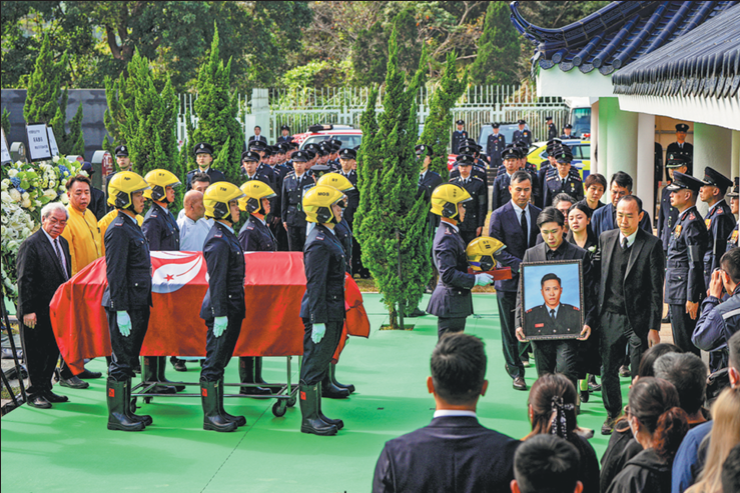For city's darkest day, justice is still to be dispensed
By ZHAO XU in New York | China Daily | Updated: 2021-07-03 10:30

"I've been in a lot of mass graves around the world, and I had no idea that mass graves could exist in our country," said Silvers, a veteran journalist with strong interest in "international justice, conflict and human rights".
Carried on intermittently since that initial discovery, the archaeological digging at Tulsa's Oaklawn Cemetery, in which lie the remains of only two official victims of the Tulsa massacre, has unearthed a total of 27 remarked remains. To determine whether or not they are related to the massacre, forensic scientists hope to, among other things, match the remains' features-height, for example-with city records and World War I enrollment documents.
Some have hailed the excavation as carving "a path toward reconciliation" while others point to the continuing racial tension in a city in which the predominantly black North Tulsa is "messed-up" and "empty", in the words of Randle, one of the three survivors.
Damario Solomon Simmons, the lawyer who spearheads the lawsuit against the city of Tulsa on behalf of the massacre victims and descendants, said more than 33 percent of residents in black North Tulsa live in poverty compared with less than 14 percent of residents in South Tulsa. Calling the current situation "the legacy of that violence" in an article for the Los Angeles Times, Simmons, born in Tulsa, clearly sees in his hometown "an aversion to making amends for systemic racism".
Last October, barely five months after the murder of George Floyd, a 46-year-old black man, by the white policeman Derek Chauvin in Minneapolis, Minnesota, a Black Lives Matter mural 75 meters high in Greenwood Avenue in Tulsa was removed by the city overnight.
A week later an anti-racism protest attracted numerous armed militia members carrying automatic weapons. The sight, captured by Silver's camera crew, is agonizingly evocative for black Tulsans aware of the history of the massacre and for those who have lived with it for a century.
"I think about the horror inflicted upon black people in this country every day," said Fletcher, who in 1921 found herself running past "black bodies… injured or dead … not able to get up and get out of the way of whatever was happening."
"Recognizing our shared humanity", Johnson said, is the only way toward reconciliation. "The Holocaust, the 1921 Tulsa race massacre, the burning of Chinatowns in the 19th century and the rampant anti-Asian hate we see now-all these things are connected. Part of the reason we have to study those things is to make sure that we understand what can happen in the absence of recognition of our shared humanity."
In 1972 the mother of Dick Rowland, whose elevator encounter with Sarah Page "started it all", to quote Johnson, gave an interview. "She suggested that the two knew one another and that they were actually having some sort of 'illicit' affair," said Johnson, referring to the fact that in those days a romantic relationship between a white girl and a black boy could lead to shunning for the former and lynching for the latter.
Gardullo, the National Museum of African American History and Culture curator, believes that the stereotype of young black men raping young white women was used with great success from the end of slavery and into the middle of the 20th century.
"It was a formula that resulted in untold numbers of lynchings across the nation," he said in a previous interview with Smithsonian Magazine. "The truth of the matter has to do with the threat that black power… posed to individual and … the whole system of white supremacy."
Having had her childhood upended and her chance at education stolen from her by the massacre, Fletcher spent most of her life as a domestic worker "serving white families", as she puts it. In the 1940s she worked briefly in the shipyards of California supporting her country's World War II effort and saw, in those and subsequent years, six men in her family joining the US military service.
"For 70 years the city of Tulsa and its chamber of commerce told us that the massacre didn't happen as if we didn't see it with our own eyes," she said.
"Our country may want me to forget this history, but I cannot. I will not. And other survivors did not. Our descendants do not."
























